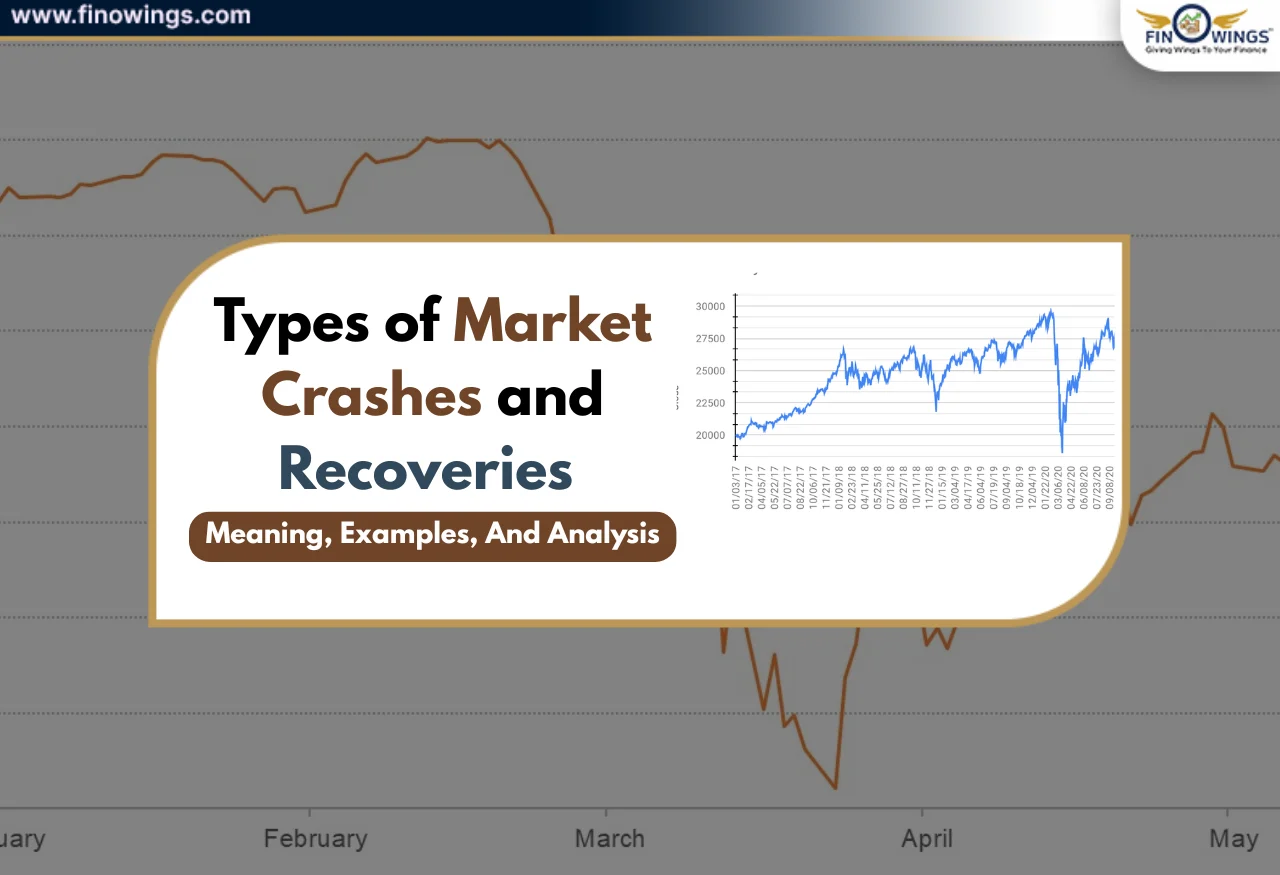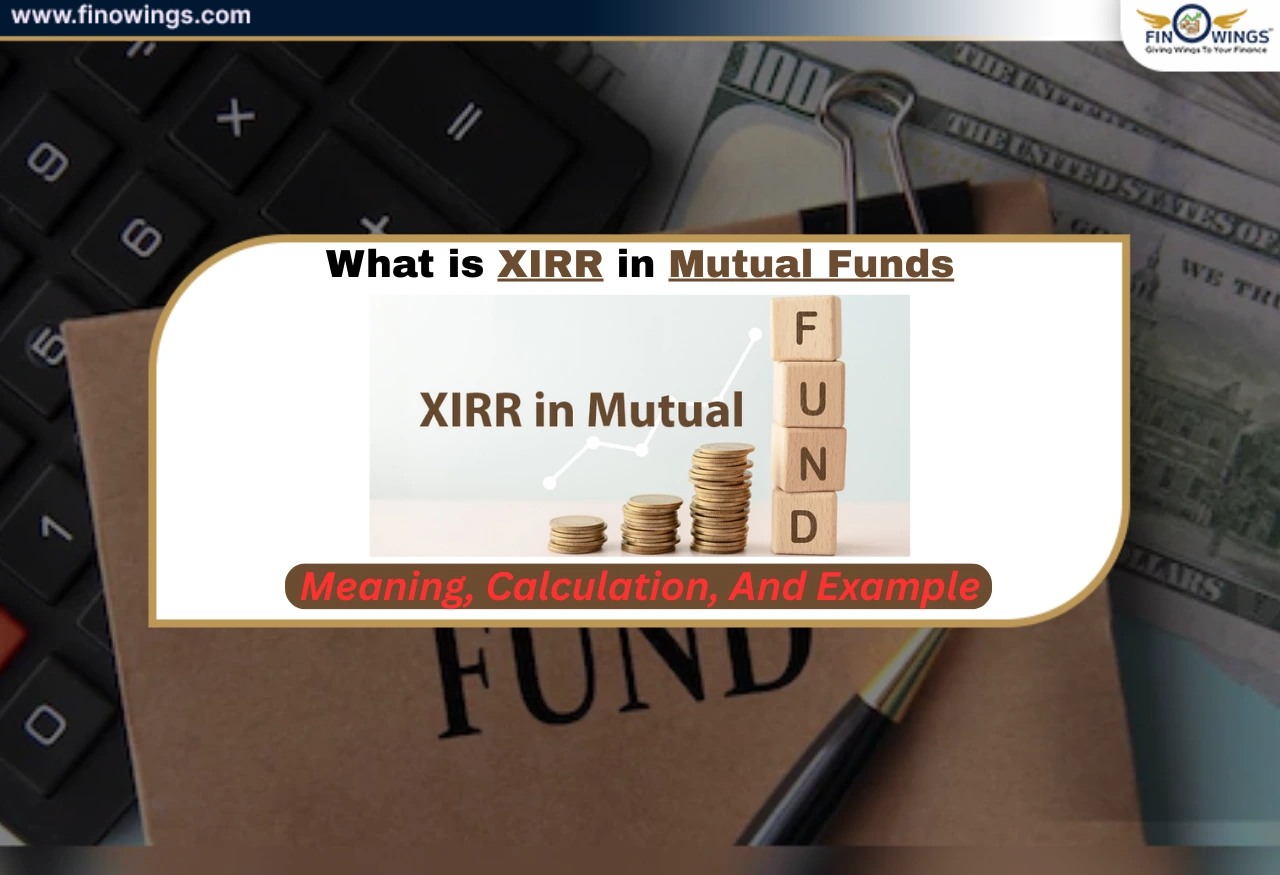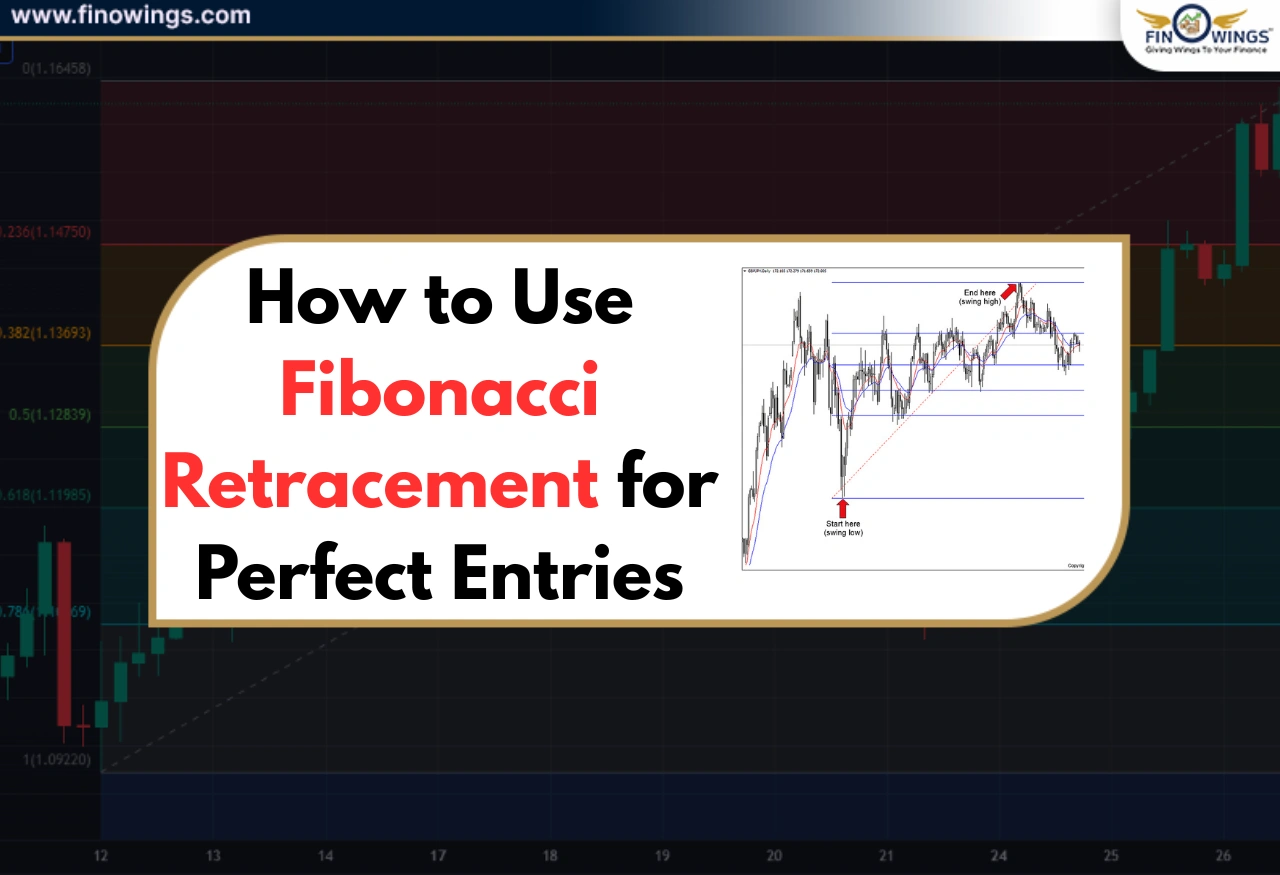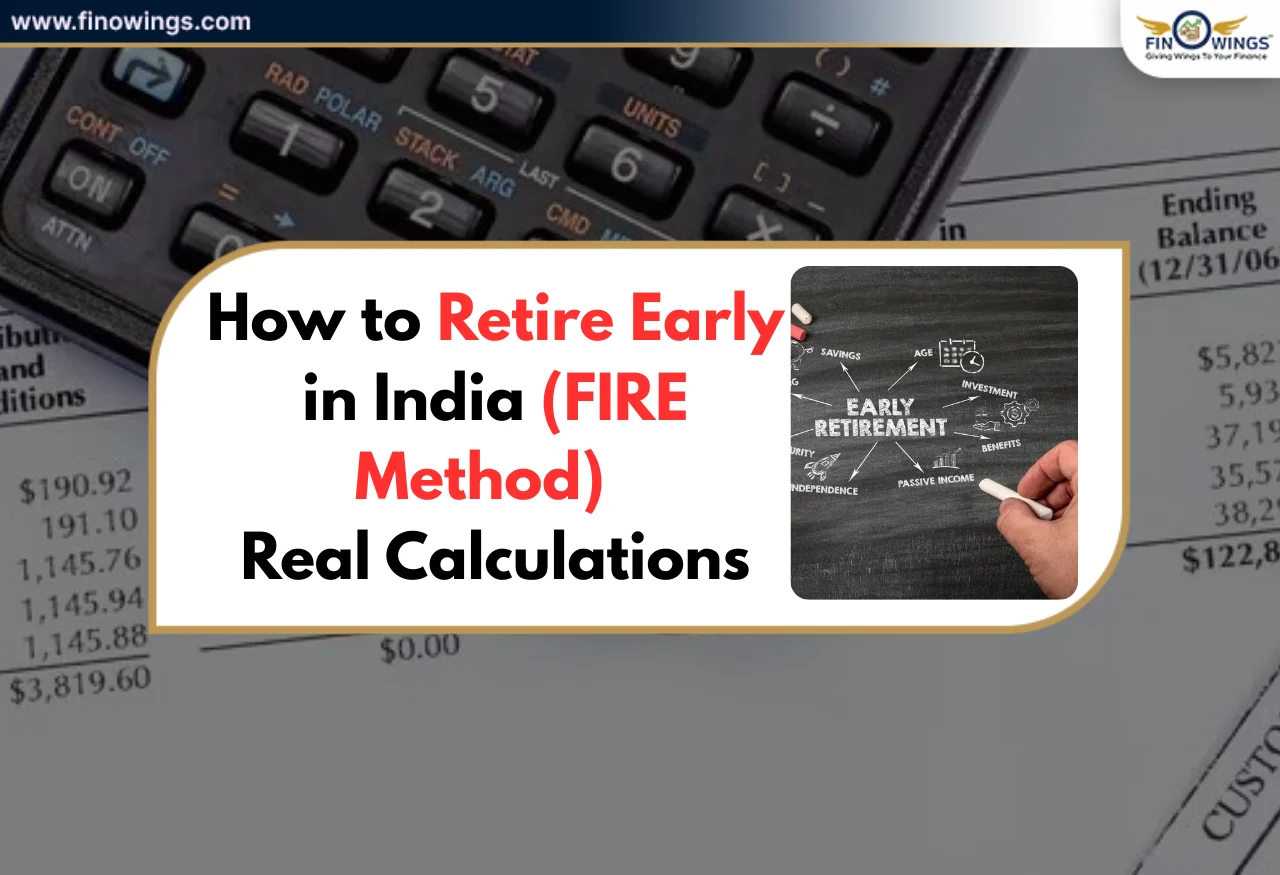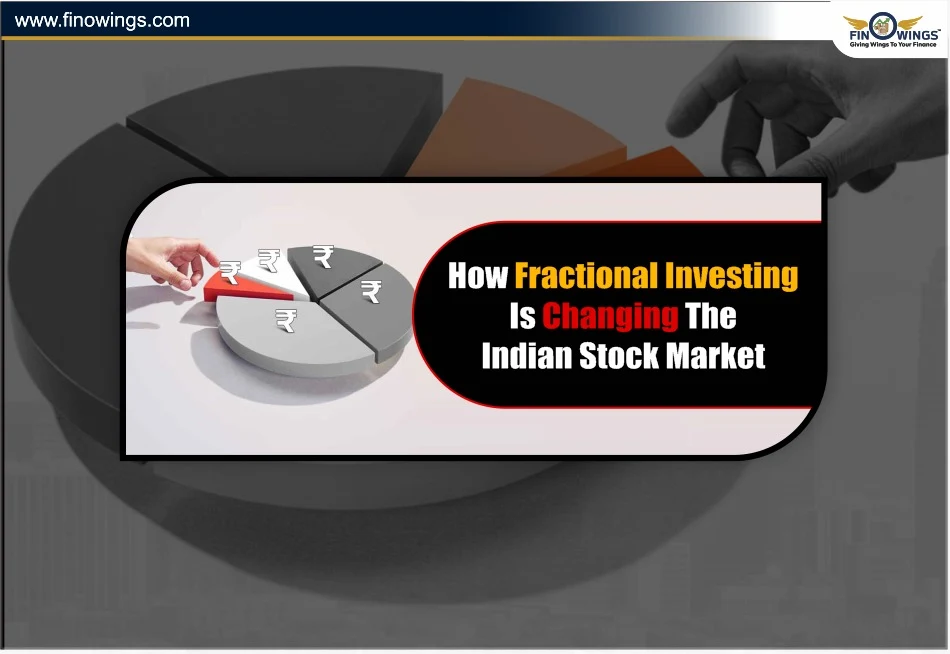Home >> Blog >> Discounted Cash Flow - What Is DCF? & Why Is It Important?
Discounted Cash Flow - What Is DCF? & Why Is It Important?
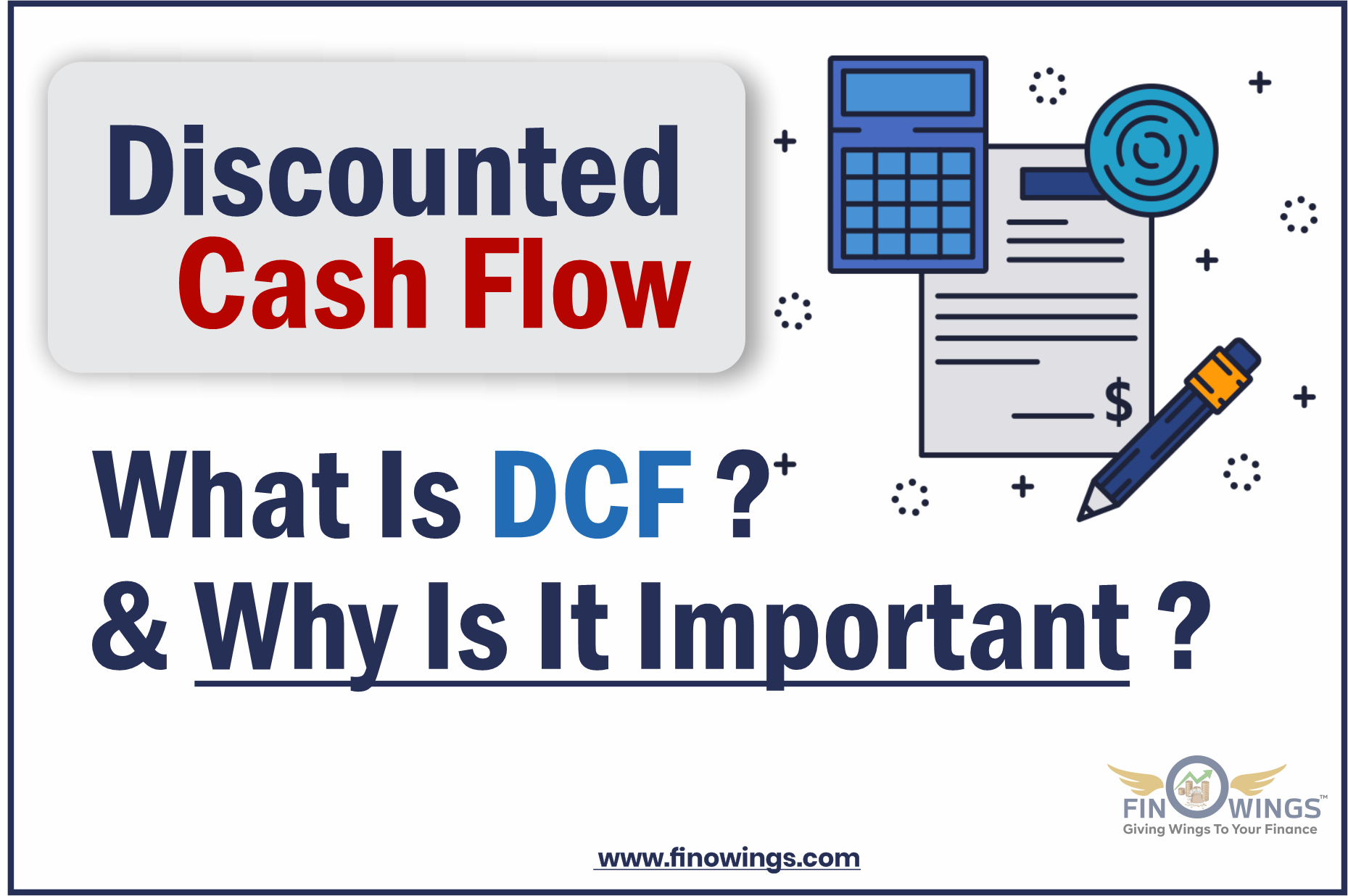
Table of Contents
1. What Is A DCF Model?
A particular kind of financial modelling tool employed to evaluate a corporation is the DCF model. A DCF model is a projection of a firm's unlevered free cash flow discounted down to today's value, often known as the Net Present Value (NPV). DCF stands for Discounted Cash Flow. This DCF model instruction manual will step-by-step instruct you on the fundamentals.
Even though the theory is straightforward, each of the below-mentioned factors requires a substantial amount of technical background understanding, so let's discuss each in more detail. The three-statement financial model, which connects the financial statements, is the fundamental component of a DCF model. This DCF model training manual will walk you through the procedures required to construct one independently.
2. DCF Model Construction: A 6-Step Strategy
The DCF model is based on the idea that a company's value is solely determined by its projected future cash flows. Consequently, defining and computing a company's cash flows is the first barrier to developing a DCF model. There are two typical methods for determining a company's cash flows.
Unlevered DCF strategy: The operating cash flows are projected and discounted. You may add non-operating assets, like cash, and deduct any financing-related responsibilities, like debt, once you have a current value.
Levered DCF strategy: Once cash flows, including all debt (i.e., non-equity demands), have been subtracted, estimate and discount the cash flows that are still accessible to equity stockholders.
Although achieving exact equality in practice can be challenging, both should ultimately result in the same value. Since it is the most used, the unlevered DCF technique is the main topic of this guide. There are 6 DCF steps in this method:
Step 1. Predicting unlevered free cash flows
-
After considering all operating costs and investments, step one is to anticipate the cash flows a business creates from its main activities.
-
"Unlevered free cash flows" are the names of these cash flows.
Step 2. Estimating the terminal value
-
Cash flow forecasting is a temporary endeavour. At a certain moment, you should estimate a lump-sum company valuation further than the explicit forecast period to make certain high-level assumptions regarding cash flows beyond the final explicit forecast year.
-
The phrase "final value" refers to that total amount.
Step 3. The cash flows are discounted to the current using the weighted average cost of capital.
-
The weighted average cost of capital (WACC) is the discount rate that incorporates the risk in terms of the unlevered free cash flows.
-
All operating cash flows are represented by unlevered free cash flows, which "relate" to the firm's lenders and owners.
-
As a result, employing the proper capital system weights, the concerns of both capital producers (i.e., debt vs. equity) must be taken into account (thus, the phrase "weighted average" price of capital).
-
The business value is the discounted current value of all unlevered free cash flows.
Step 4: Increase the current value of unlevered free cash flows by the value of non-operating assets.
-
The current value of the unlevered free cash flows must be increased to account for any non-operating assets that a business may have, including cash or investments that are merely held on the balance sheet.
-
For instance, if we determine that Apple has unlevered free cash flows with a current value of $700 billion and has $200 billion in cash lying about, we must add this cash.
Step 5: Deduct debt and additional non-equity claims.
-
The DCF's main objective is to seize the equity owners' property (equity value).
-
Furthermore, we must deduct any lenders from the current value if a corporation has any (furthermore to any other non-equity claims made against the company).
-
The equity owners are entitled to any remaining funds.
-
In our instance, the equity worth would be determined as follows if Apple had $50 billion in debt liabilities at the time of the pricing:
-
$700 billion (business value) less $50 billion (debt) and $200 billion (non-operating assets) equal $850 billion.
-
Non-operating assets and debt demands are frequently combined to form a word known as net debt (non-operating assets and other non-equity claims).
-
The following formula is frequently seen: business value - net debt = equity value. Market capitalization, or how the market views the equity value, is analogous to the value calculated by the DCF.
Step 6: Subtract the equity value from the outstanding shares.
-
We can determine the overall value to owners from the equity value. But how much is every share worth? We compute this by dividing the equity value by the outstanding diluted shares of the corporation.
3. What is the Discounted Cash Flow or DCF Equation?
The total of the cash flow for every period divided by one plus the discount rate (WACC) increased to the level of the period number is the discounted cash flow (DCF) equation.
Here is the Discounted Cash Flow formula:
DCF = CF1/(1+r)1+ CF2/(1+r)2+ CFn/(/((1+r)n
Where:
-
CF = Cash Flow in the period
-
r = the discount or interest rate
-
n = the period number
3.1 Examining the Formula's Elements
-
Cash Flow (CF)
The net cash payments an investor gets for owning specific security during a specific period are represented by cash flow (CF) (bonds, shares, etc.)
Unlevered free cash flow is commonly used as the CF when creating a business's financial forecast. The Cash Flow would be interest and principal payments whenever pricing a bond.
-
Discount Rate (r)
A company's weighted average cost of capital (WACC) is often used as the discount rate for company appraisal reasons (WACC). Investors use WACC since it illustrates the necessary rate of return on their investment in the business.
The discount rate for a bond would be identical to the security's interest rate.
-
Period Number (n)
Every cash flow has a timeframe attached to it. Months, quarters, and years are typical time units. The periods could be equivalent or could be dissimilar. They are presented as a percentage of a year if they are dissimilar.
4. What Purposes Does the DCF Equation Serve?
The value of a company or investment is calculated using the DCF equation. Then, assuming a necessary rate of return on investment, it shows the price an investor would be prepared to pay for an investment (the discount rate).
Uses of the DCF Equation Instances
-
To assess a company's overall worth
-
To determine the worth of a company's project or investment.
-
For bond valuation
-
To assess a company's stock.
-
Calculating a property's potential revenue
-
To assess the value of a company's cost-cutting strategy.
-
To determine the worth of everything that generates (or affects) cash flow.
5. Advantages and Disadvantages of DCF
5.1 Advantages of discounted cash flow
Investors and businesses can determine the value of a potential investment using discounted cash flow calculator.
Research can be used for a range of capital investments and initiatives when it is possible to calculate future cash flows predictably.
Its projections can be changed to produce varied outcomes for different what-if situations. Customers can utilize this to take into account various projections that could be made.
5.2 Disadvantages of discounted cash flow
-
The main drawback of discounted cash flow estimation is that it uses guesses rather than precise numbers. As an outcome, the DCF outcome is also an estimation. It implies that for DCF to be effective, businesses and individual investors should accurately calculate a discount rate and cash flows.
-
The market need, the state of the economy, technology, competition, and unexpected dangers or possibilities are just a few variables that affect future cash flows. These cannot be precisely measured. Investors' judgment relies on their awareness of this inherent disadvantage.
-
Even if accurate estimations can be generated, DCF should be used only partially. Instead, businesses and investors should consider other well-known criteria when evaluating an investment option. For example, other typical valuation techniques might include prior transactions and similar company analyses.
Conclusion
The term "discounted cash flow" (DCF) refers to a form of valuation that calculates an investment's value based on its anticipated future cash flows.
Using estimates of how much cash investment will make in the future, DCF assessment seeks to evaluate the value of investment currently.
It can assist individuals trying to determine whether to purchase securities or a firm. In addition, business owners and managers can use discounted cash flow calculations to help them choose operational and capital budgets.
Author
Frequently Asked Questions
The term "discounted cash flow" (DCF) relates to a technique of valuation that calculates an investment's value based on its anticipated prospective cash flows. Using estimates of how much money an investment would make in the future, the DCF study seeks to evaluate the value of an investment today.
Building a prediction of the 3 financial reports depending on predictions for the future performance of the company is the first step in the DCF model procedure. This projection normally covers five years on average.
Operating Cash Flow Forecasts 4 the most frequent is that the level of uncertainty in cash flow prediction rises with every year's projection; DCF programs frequently employ forecasts for 5 or even ten years out.
A DCF inquiry lasts how long? DCF normally has 45 days to conduct and complete its investigation after receiving the report. The DCF commissioner will decide, depending on sufficient information, whether the kid was actually abused or neglected after their inquiry is complete.

